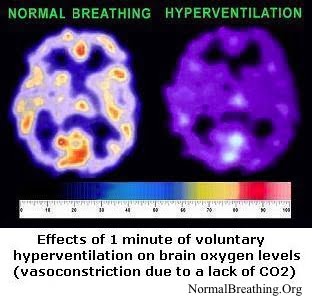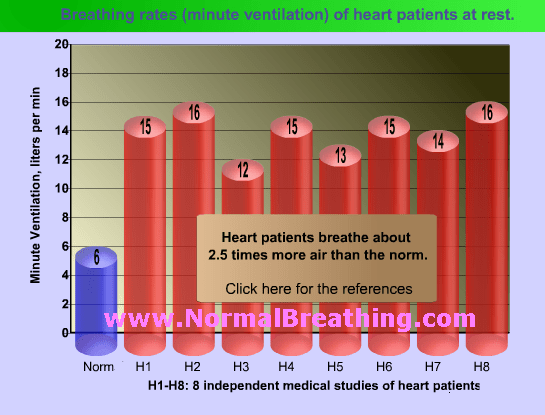- Updated on July 31, 2019
![]() By Dr. Artour Rakhimov, Alternative Health Educator and Author
By Dr. Artour Rakhimov, Alternative Health Educator and Author
 Angina pectoris (also called “angina”) is chest pain that is usually a manifestation of reduced blood flow to the heart muscle. Angina is the most common symptom of heart disease. There are two main accepted causes of angina pectoris: obstruction and spasm of the coronary blood vessels (arteries and arterioles).
Angina pectoris (also called “angina”) is chest pain that is usually a manifestation of reduced blood flow to the heart muscle. Angina is the most common symptom of heart disease. There are two main accepted causes of angina pectoris: obstruction and spasm of the coronary blood vessels (arteries and arterioles).
Real causes of angina
 After 50 years of successful treatment of angina with breathing normalization, over 180 Soviet and Russian doctors concluded that the key cause of angina pectoris is over-breathing. Do people with heart disease suffer from breathing too much air? Let us consider Western clinical evidence.
After 50 years of successful treatment of angina with breathing normalization, over 180 Soviet and Russian doctors concluded that the key cause of angina pectoris is over-breathing. Do people with heart disease suffer from breathing too much air? Let us consider Western clinical evidence.

Over-breathing has been found, so far, in each person with angina pain during initial stages of heart disease. Chronic hyperventilation leads to arterial hypocapnia (low arterial CO2) causing vasoconstriction since CO2 is the most potent known dilator of blood vessels. This leads to reduced blood and oxygen delivery to all vital organs, the brain and heart included.
In addition, according to numerous studies, over-breathing causes increased the viscosity of the blood. This factor also causes decreased perfusion of the heart muscle. A lack of electrical grounding of the human body is a secondary causative lifestyle factor that can provoke angina pain. It has been recently proven that Earthing (grounding) the body reduces clumping of red blood cells dramatically reducing viscosity and increasing blood flow.
Note that there are dozens of factors that cause over-breathing (stress, overeating, a lack of exercise or physical activity with mouth breathing, supine sleep, mouth breathing, and so forth). All these factors can lead to angina.
Treatment of heart pain
The clinical program (for treatment of angina pectoris) suggested by these Soviet and Russian doctors involves lifestyle changes and breathing exercises that increase heart and body oxygen levels.
For nearly all people, angina pain disappears at over 30 seconds for the DIY body oxygen test. Details of this treatment program are provided in the Learning Section of this website.
Video: How to Stop Angina and Heart Attack.

